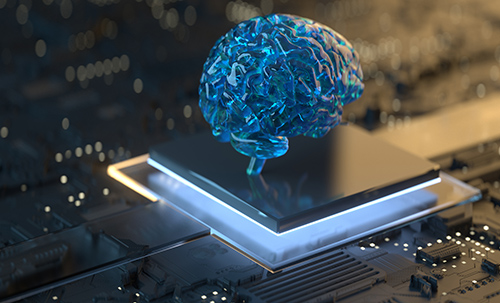The Internet of Things (IoT) is a concept that describes the interconnection of physical objects with software and processing power. It can measure, monitor, and control various physical devices. The idea has many benefits, but it’s not without challenges. Among them are security, interoperability, and standards.
Applications
The Internet of Things is a growing technology that is transforming our world. Most of its applications can be found in manufacturing, transportation, and utility organizations, but there are also several other areas where the Internet of Things is already being used. Examples of these include agriculture, infrastructure, and home automation. Farmers, for example, can use IoT to help grow crops and monitor soil quality. They can also use IoT to improve their productivity.
The Internet of Things can improve energy efficiency, traffic flow, and waste management for cities. These applications can also help cities reduce crime and pollution. Smart cities are already being created with the use of IoT. In the United States, cities like Palo Alto in the San Francisco area have implemented IoT-enabled smart city technologies.
Security
The Internet of Things (IoT) has become a staple of daily life, with an expanding array of devices used in healthcare and automotive. However, despite the proliferation of IoT devices, several key risks are involved in using them. These risks include increased vulnerability and potential data breaches. For these reasons, IoT security is an important topic to consider.
The IoT is already a global phenomenon, with up to a million new devices connected daily. While this growth is welcome, it also introduces unknown security risks. Most IoT devices are not designed with security, so they’re prone to attack. Moreover, a compromised IoT device can severely affect businesses and governments.
Interoperability
The Internet of Things (IoT) is a global infrastructure enabling advanced services. It connects physical objects and their data to facilitate real-time control and monitoring of their health, environment, and behavior. This new infrastructure utilizes existing interoperable technologies to create a more connected world.
The current state of IoT interoperability is a significant challenge. Devices in the Internet of Things typically operate with a limited range of protocols, resulting in heterogeneous data sets. While many organizations are working to standardize these technologies, interoperability remains a significant barrier to realizing the grand vision of the Internet of Things. Furthermore, most IoT devices are resource constrained, making it challenging to integrate them into a system.
For this reason, standardized data formats are essential to ensure interoperability. Several standards have been developed to promote data sharing across different boundaries. The Dublin Core Metadata Initiative, TopicMaps, and IEEE1451 family standards are some examples of these standards. These standards help developers create a common framework to share and reuse data.
Standards
As IoT devices become more common, it’s vital to have standards for security. Without them, we may face many problems, including widespread power outages, lethal environmental damage, and failures in protecting critical governmental buildings. Fortunately, some organizations have executives working to establish IoT security standards. The next step is determining what those standards will look like and what they will include.
Currently, there are several different MAC layer protocols for IoT. Interoperability between these protocols is essential, as IoT will require multiple communication layers. One IETF standard provides an abstraction layer for heterogeneous MAC protocols. This layer allows different protocols to communicate with one another while hiding the diversity of protocol implementations.
Business model
As IoT devices become more commonplace, various new business models are emerging. A common one is a data-driven model, which uses machine-generated data and provides value-added customer service. Companies can then sell that data to third parties or use it to create new products. This business model works well for companies with numerous data collection devices that want to alert customers when something is wrong.
One famous example is object self-service, in which online objects can order items for their owner. This business model has many applications in everyday life, from detecting an error to monitoring consumables. For example, a connected Brita water pitcher will automatically reorder filters, and an HP printer will automatically reorder ink cartridges when needed. Another example is the Amazon Dash Buttons, pre-configured to order specific products and deliver them to the customer within a few days.
Wants to learn about the internet of things online? Click here to book a demo session.

